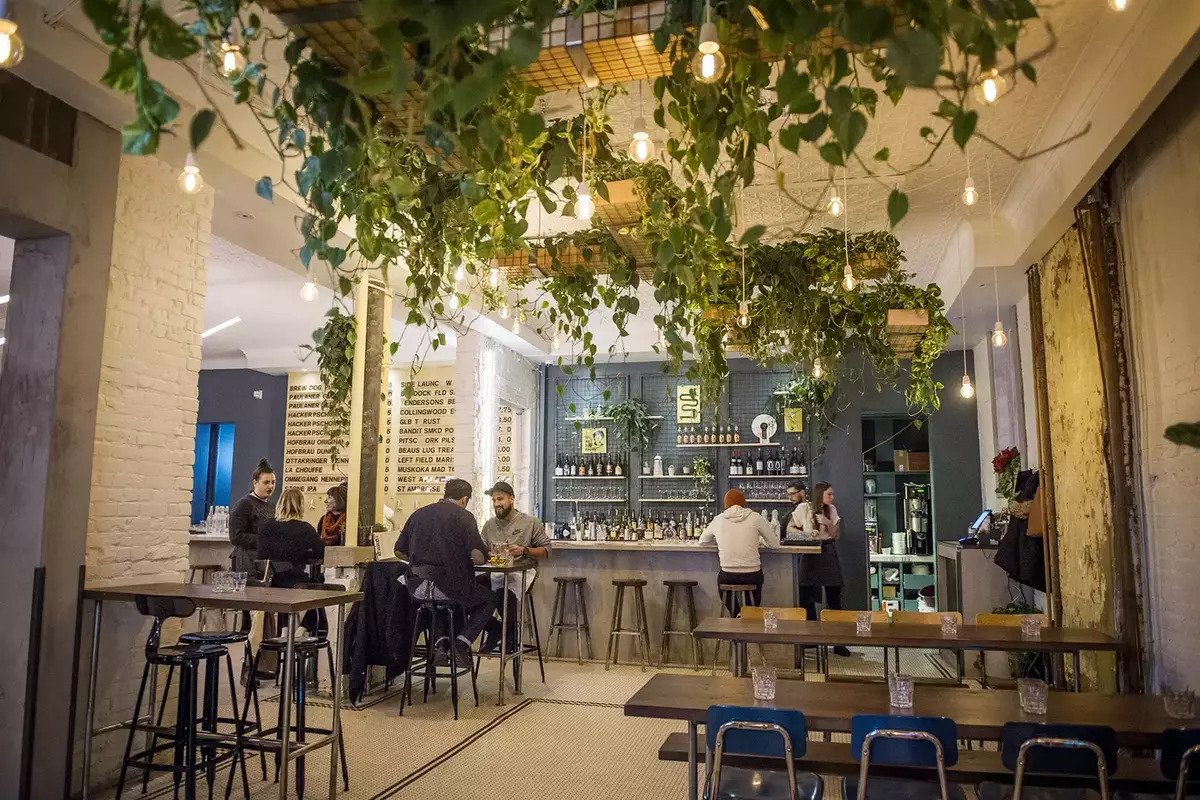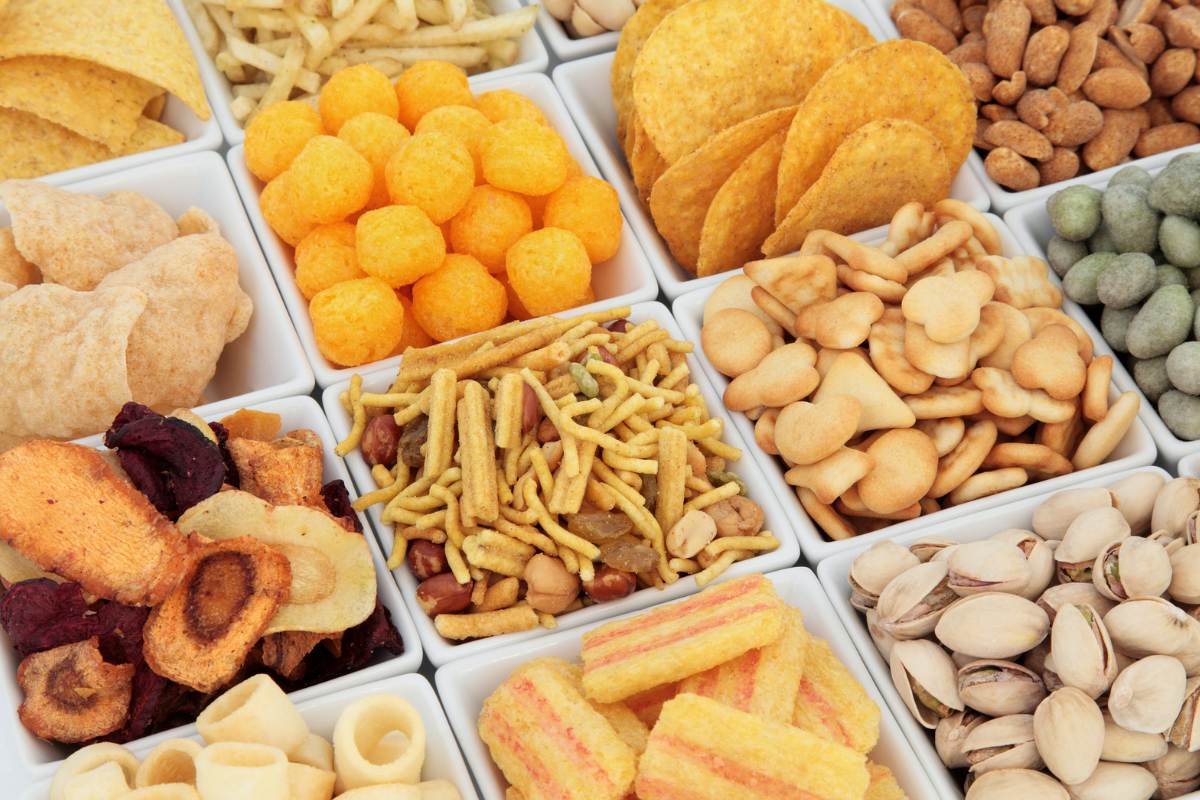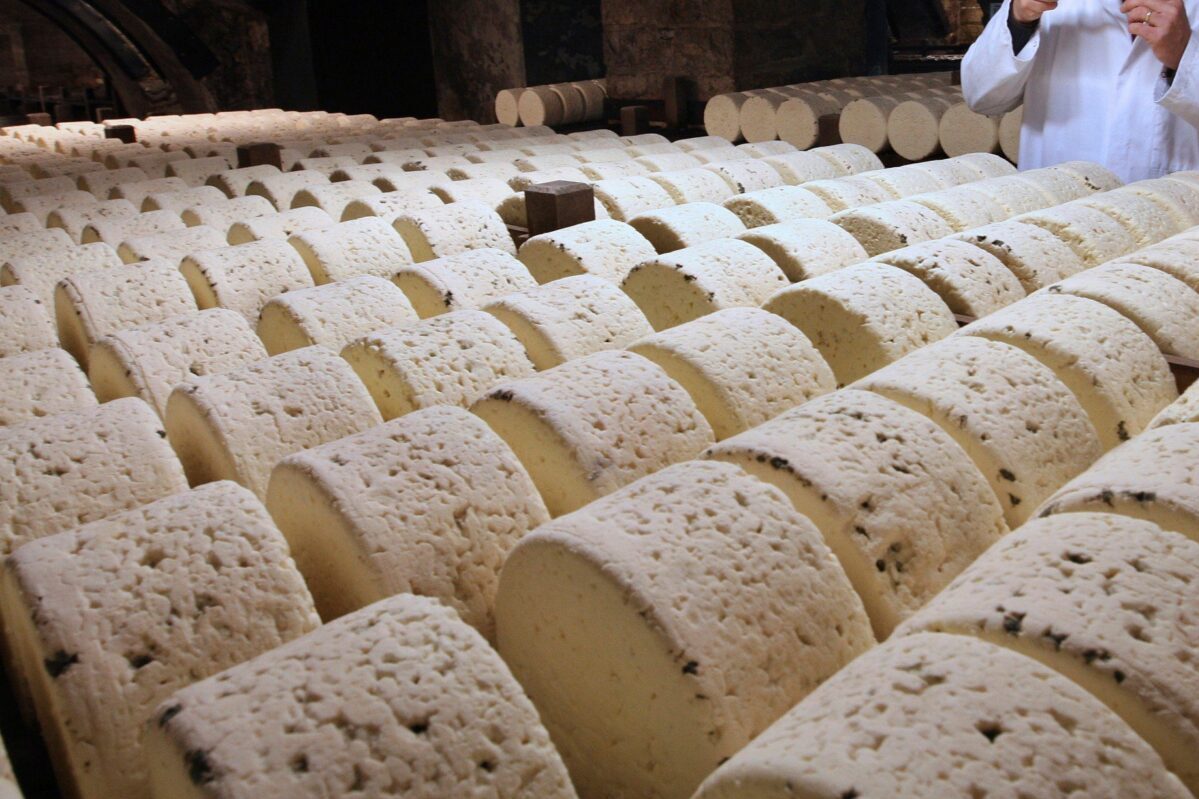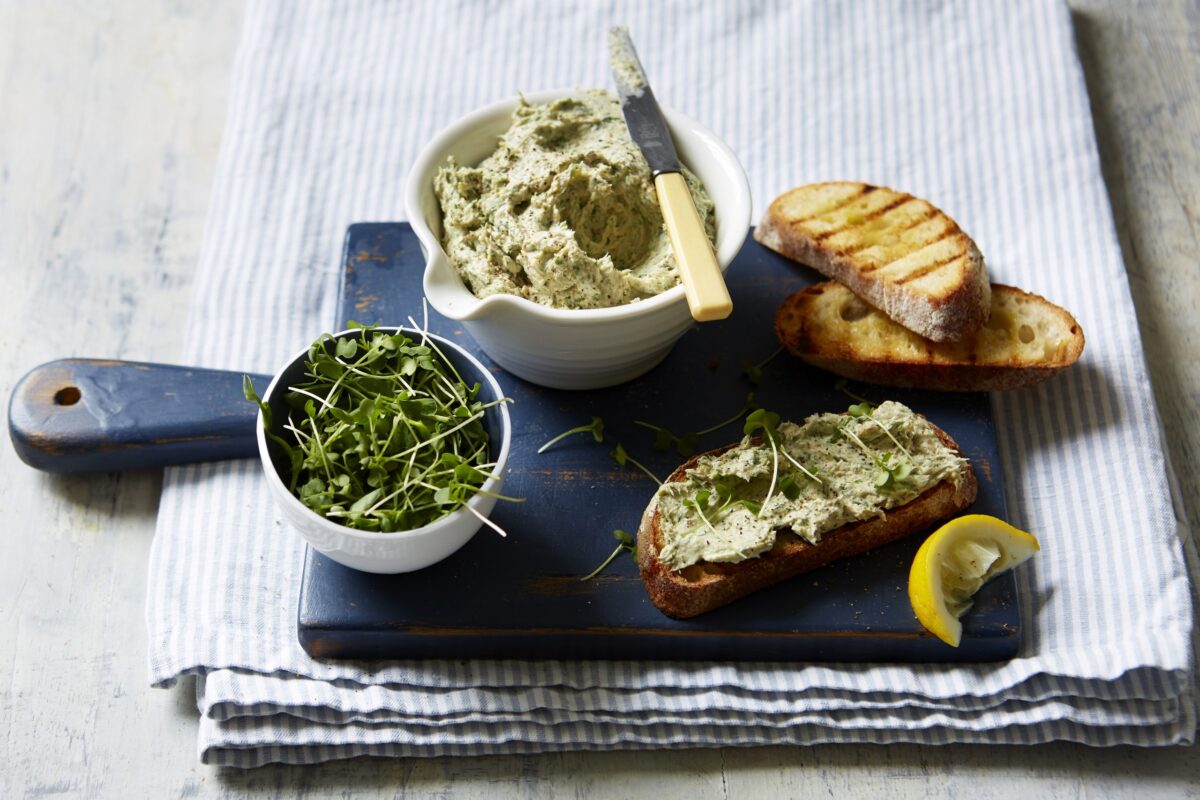Gather your friends for a memorable brilhante bet online casino night by pairing the excitement of gaming with authentic German snacks that transform a simple virtual gathering into a cultural experience. The German approach to snacking, or “Brotzeit,” emphasizes hearty, flavorful foods designed for sharing and sustained enjoyment—perfectly suited for those long poker rounds or roulette sessions.
Select sturdy finger foods like pretzels with obatzda (Bavarian cheese spread), bite-sized wursts, and käsewürfel (cheese cubes) that won’t leave greasy residue on your keyboard …
Gather your friends for a memorable brilhante bet online casino night by pairing the excitement of gaming with authentic German snacks that transform a simple virtual gathering into a cultural experience. The German approach to snacking, or “Brotzeit,” emphasizes hearty, flavorful foods designed for sharing and sustained enjoyment—perfectly suited for those long poker rounds or roulette sessions.
Select sturdy finger foods like pretzels with obatzda (Bavarian cheese spread), bite-sized wursts, and käsewürfel (cheese cubes) that won’t leave greasy residue on your keyboard …









